Advanced Tips for Changing Fuel Pressure on EFI Systems
Changing the fuel pressure on an EFI System is an effective method of affecting engine performance and making more power. However, there are many do’s and don’ts, and rules of thumb that can be frustrating to learn the hard way. Below are many small, but key points, tips and insights all engine tuners should to
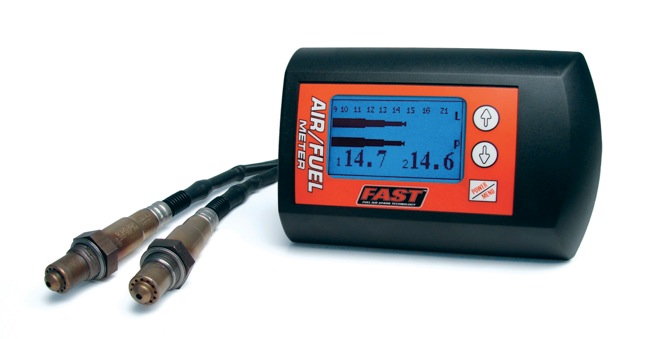
‘Fine Tuning’ Your Work: Customer Service After the Build
Customer satisfaction is every bit as important as the quality of your work if you expect to be a successful engine builder. You see, even when you build your customer the perfect engine, your customer must be happy with how their engine performs or your business and reputation will suffer. Far too many good engine
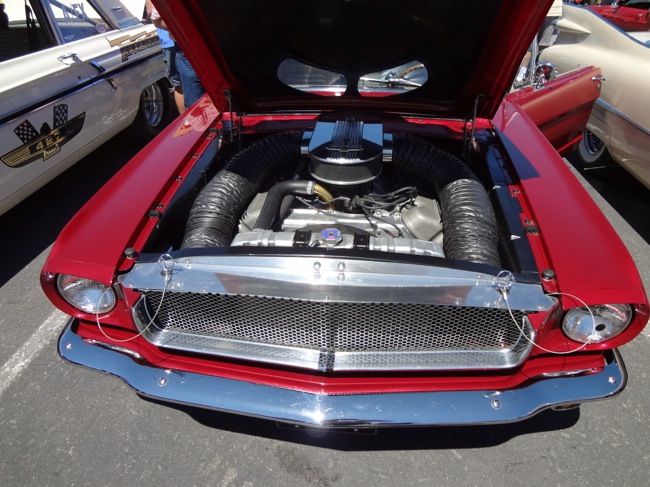
A Decade of Dynamic Engine Design – Roush Yates Engines Celebrates 10 Years
In December, Roush Yates Engines (RYE) celebrated its 10th Anniversary and will reset the compass into a new area of the business, but it’s all according to plan. Engine builders who used to see RYE at local races as competitors, will now be able to work directly with them and their vast resources when building
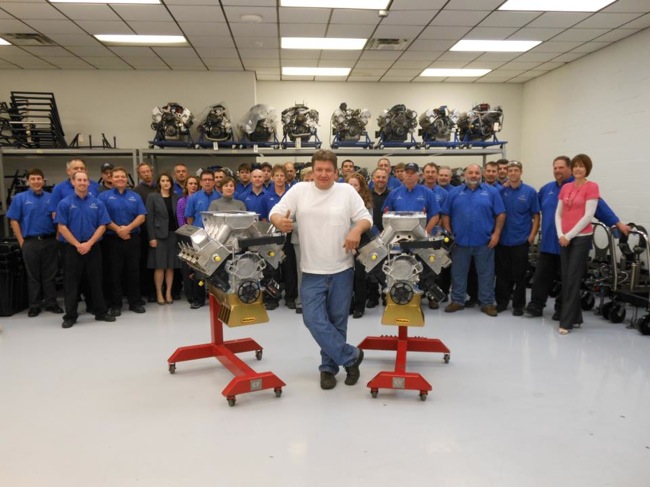
Manifold Matchmaker – Tips for Selecting the Right Manifold for Your Engine Build
Every engine needs some type of intake manifold to route air into the engine’s cylinders. With carbureted engines, the intake manifold has a wet plenum and runners because the manifold has to flow air and atomized fuel at the same time. Consequently, the manifold runners can’t turn or twist too sharply otherwise the heavier fuel
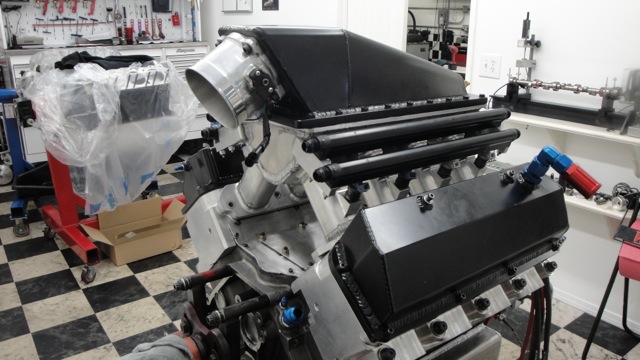
Engine Run Stand Tips
Engine test stands have evolved through development and engineering to help support engine shops, dyno testing facilities and technical trade schools, as well as manufactures. When the topic of dyno testing is tossed around, many think of exhausting every ounce of horsepower and torque. Others focus on profits and cost per hour. This is where a well-engineered engine run stand
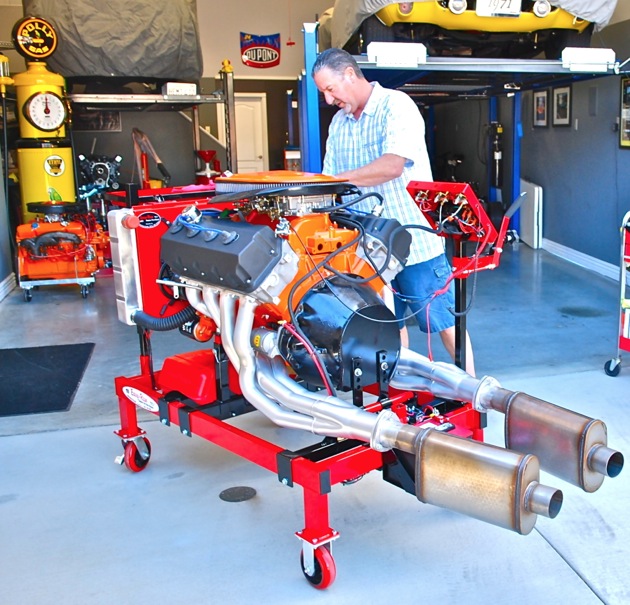
Dyno-Might: Utilizing a Dynamometer to ‘Boost’ Engine Builds
Some would say that one of the criteria for being a “real” performance engine builder is having your own engine dyno. A dynamometer is not just a tool for measuring horsepower and torque (though some people think that’s all a dyno is used for). It’s a quality control tool that allows you to make sure
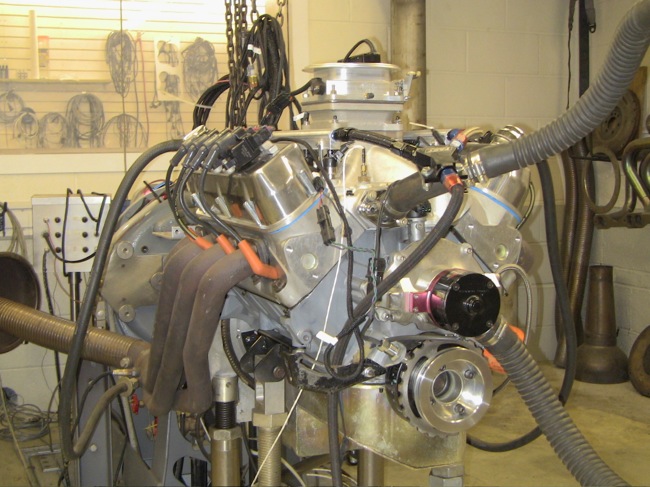
Hydrocarbon Heartburn? — Effects of Sulfur Reduction in Motor Oils
Let’s face it, things change. Not only have the prices of gasoline, diesel and motor oils changed in the last decade or so, the chemical makeup of these products have all changed, too. The reduction of sulfur in diesel fuel, gasoline and motor oil has had measurable effects on fuel injectors and other vital engine
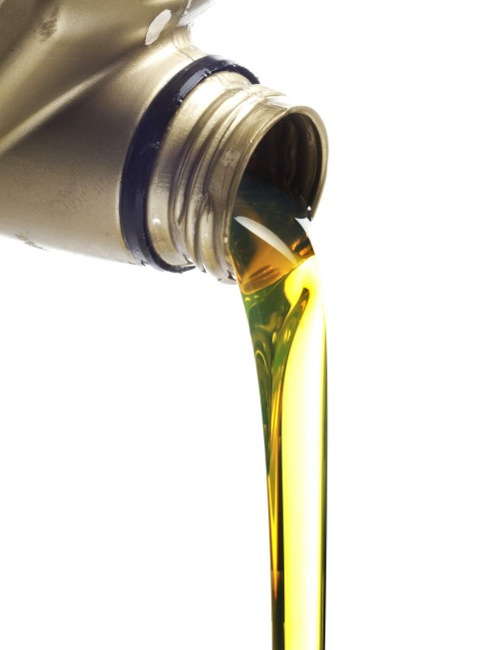
Time in a Bottle — Reasons Behind Changing Engine Oils
When I was just a young pup in the 1960s working on lubes for Shell Research and Development, passenger car motor oils (PCMO) were much simpler and easier to understand. There were only three performance levels: motor light (ML), motor moderate (MM), and motor severe (MS). Auto manufacturers and lube oil marketers worked closely with
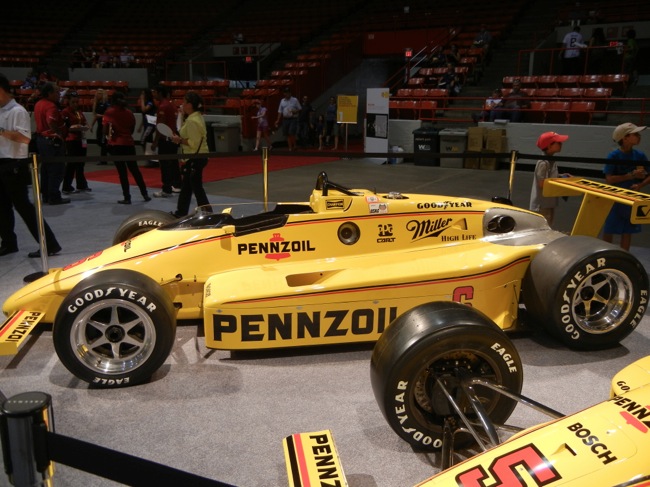
November Issue Engine Builder Shop Solutions
Jeep 3.8L Oil Pressure Problem Many late model 3.8L Jeep engines are losing oil pressure at the oil pump due to failure of the bypass valve. This results in destruction of not only the crankshaft, but the connecting rods. To fix the problem, you need to find the bypass valve inside the plastic timing cover.
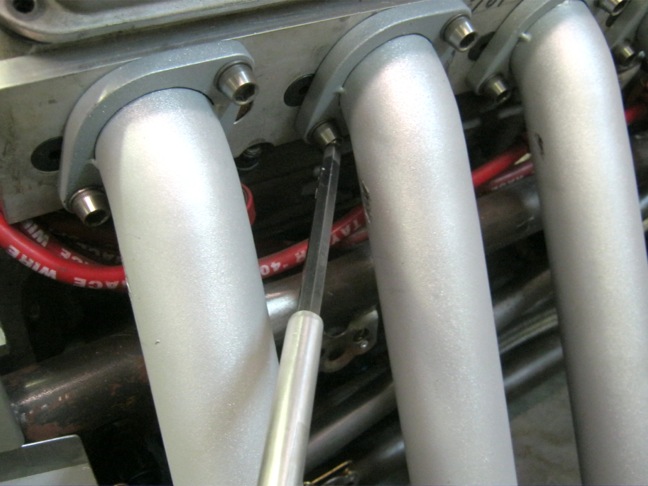
Computer ‘Tools’
Infusing Software Technology into a Performance Build For years, computer-aided design (CAD) has been used in the automotive industry to develop prototypes of body styles, as well as to design auto components including engine parts, electronics and even tires. In fact, Dr. Patrick J. Hanratty, an American computer scientist who is known as the “Father
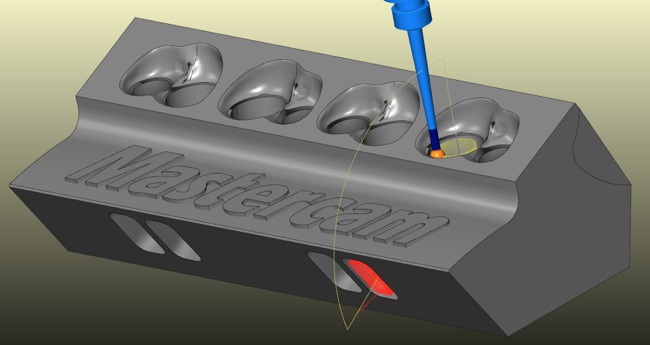
Big Winners In Las Vegas
Cab lines aside, smiles were evident People were everywhere. Lines for restaurants, cabs and elevators seemed interminable. Traffic jams in aisles and on the street meant no matter where you were going, it was going to take you a while to get there. And by nearly every measure imaginable, people couldn’t have been happier. “Industry
